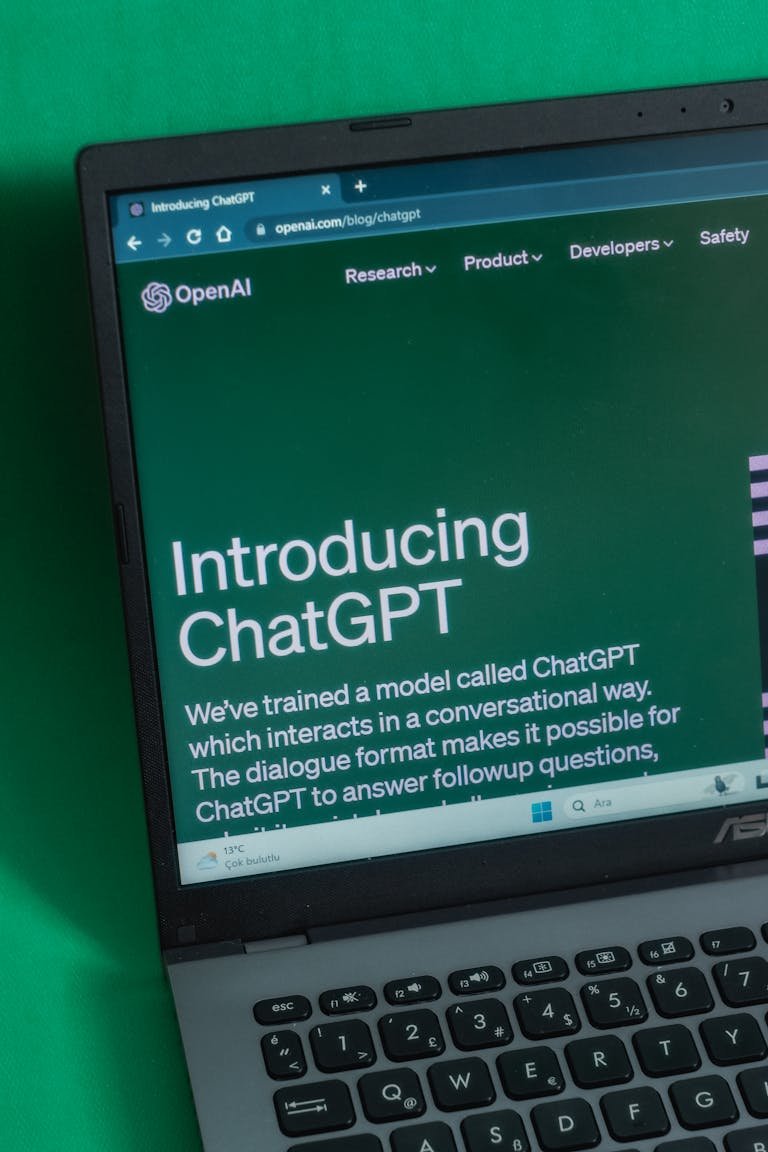MLOps Frameworks Compared: Which One Fits Your AI Pipeline?
MLOps Frameworks Compared
Machine learning operations (MLOps) has become the backbone of deploying and maintaining AI models at scale. But with so many MLOps frameworks available, how do you know which one best fits your organization’s needs?
Let’s take a look at the top MLOps frameworks, explore their strengths and weaknesses, and help you identify the best option for your data science and AI pipeline.
What Is MLOps (and Why It Matters)?
MLOps (Machine Learning Operations) is a set of practices, tools, and frameworks that bring DevOps principles to the machine learning lifecycle. It focuses on:
- Reproducibility: Making sure your models can be reliably rebuilt and deployed.
- Scalability: Supporting AI workloads as they grow in size and complexity.
- Automation: Streamlining model training, testing, deployment, and monitoring.
- Collaboration: Enabling data scientists, ML engineers, and IT teams to work together effectively.
Without MLOps, organizations often struggle with model drift, unreliable deployments, and compliance issues — all of which can be expensive and risky.
Top MLOps Frameworks Compared
| Framework | Key Features | Strengths | Limitations | Best For |
|---|---|---|---|---|
| MLflow | Experiment tracking, model registry, deployment support | Open-source, language-agnostic, integrates with major cloud providers | Limited built-in orchestration | Teams that want flexibility and open-source control |
| Kubeflow | Kubernetes-native pipeline orchestration, training, serving | Excellent for containerized workloads, strong scalability | Steep learning curve, requires Kubernetes expertise | Enterprises already invested in Kubernetes |
| SageMaker MLOps (AWS) | Managed pipelines, model registry, CI/CD, monitoring | Fully managed, seamless AWS integration, security compliance | AWS lock-in, cost considerations | Teams running workloads entirely on AWS |
| Azure Machine Learning MLOps | Automated ML pipelines, model versioning, monitoring | Strong integration with Azure DevOps, enterprise-friendly | Azure-specific ecosystem | Microsoft-centric enterprises |
| Vertex AI (Google Cloud) | End-to-end ML lifecycle management, AutoML, monitoring | Powerful integration with GCP, scalable managed service | Requires GCP adoption | Organizations building on Google Cloud |
| Metaflow (Netflix) | Pythonic data science workflow orchestration | Easy to learn, great for experimentation, human-centric design | Less focused on enterprise-grade deployment | Smaller teams prioritizing experimentation over scale |
Quick Decision-Making Checklist
Not sure where to start? Use this simple flow to narrow down your options:
- Do you already use Kubernetes?
→ Yes → Kubeflow is a natural fit. - Need a managed, compliance-ready service?
→ Yes → Consider AWS SageMaker, Azure ML, or Vertex AI. - Prefer open source & flexibility?
→ Yes → MLflow or Metaflow are your best bet. - Small team with fast prototyping needs?
→ Go with Metaflow for simplicity and speed.
This helps you match frameworks to your infrastructure, compliance, and skill levels.
Cost & Effort Comparison
| Framework | Implementation Effort | Cost Model | Hidden Costs to Watch For |
|---|---|---|---|
| MLflow | Medium | Free / Open Source | Engineering time for setup and integration |
| Kubeflow | High | Free / Open Source | Kubernetes cluster management, staff training |
| SageMaker | Low–Medium | Pay-as-you-go | Cloud costs at scale, AWS lock-in |
| Azure ML | Low–Medium | Pay-as-you-go | Azure subscription costs, DevOps integration |
| Vertex AI | Low–Medium | Pay-as-you-go | GCP adoption, data egress costs |
| Metaflow | Low | Free / Open Source | May require complementary tools for production deployment |
Security & Compliance Considerations
For regulated industries, security and compliance should be top of mind. Here’s how these frameworks stack up:
- SageMaker, Azure ML, Vertex AI – Offer built-in compliance for SOC 2, ISO 27001, HIPAA, and FedRAMP (varies by region). Perfect for healthcare, finance, and government projects.
- Kubeflow – Flexible, but compliance is your responsibility. You’ll need to configure logging, audit trails, and access control.
- MLflow & Metaflow – Open-source, so compliance depends on your deployment environment. Can be secured with proper role-based access controls and audit logging.
Choosing the Right Framework for Your AI Pipeline
When selecting an MLOps framework, consider:
- Infrastructure: Are you already using AWS, Azure, or GCP? If yes, their native MLOps tools might be easiest to adopt.
- Team Skills: Do you have Kubernetes expertise (Kubeflow) or prefer a simpler Python-based approach (Metaflow, MLflow)?
- Compliance & Security: Regulated industries may benefit from managed services with built-in security (SageMaker, Azure ML).
- Budget: Open-source tools can reduce licensing costs but may require more engineering effort.
- Scalability: Plan for future growth — frameworks like Kubeflow or Vertex AI scale very well as workloads expand.
Real-World Use Cases
- Kubeflow at Spotify: Automating ML workflows across distributed teams.
- MLflow at Databricks: Powering experiment tracking and deployment for large-scale ML projects.
- Vertex AI at PayPal: Managing fraud detection models with continuous monitoring.
Key Takeaways
- MLflow and Metaflow are great for teams who want simplicity and control.
- Kubeflow is ideal if you’re already running containerized workloads on Kubernetes.
- Managed cloud MLOps frameworks (SageMaker, Azure ML, Vertex AI) are perfect for enterprises who value compliance, automation, and tight cloud integration.
Next Steps
Evaluate your current infrastructure, team expertise, and compliance needs. Use the checklist above to narrow down your options, then run a small proof of concept with the most promising framework before committing at scale.





